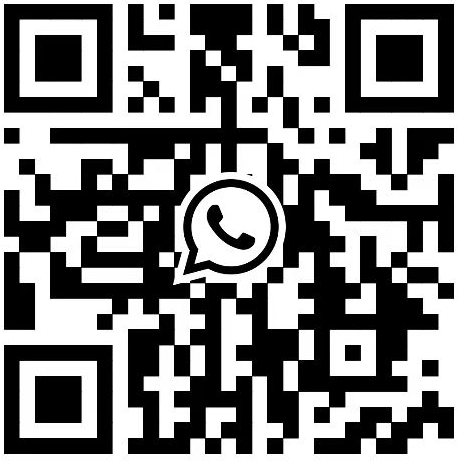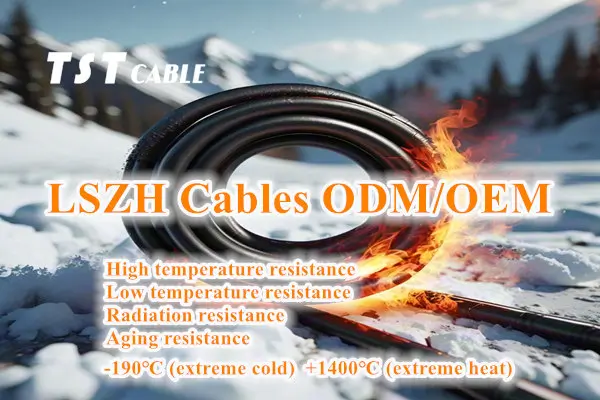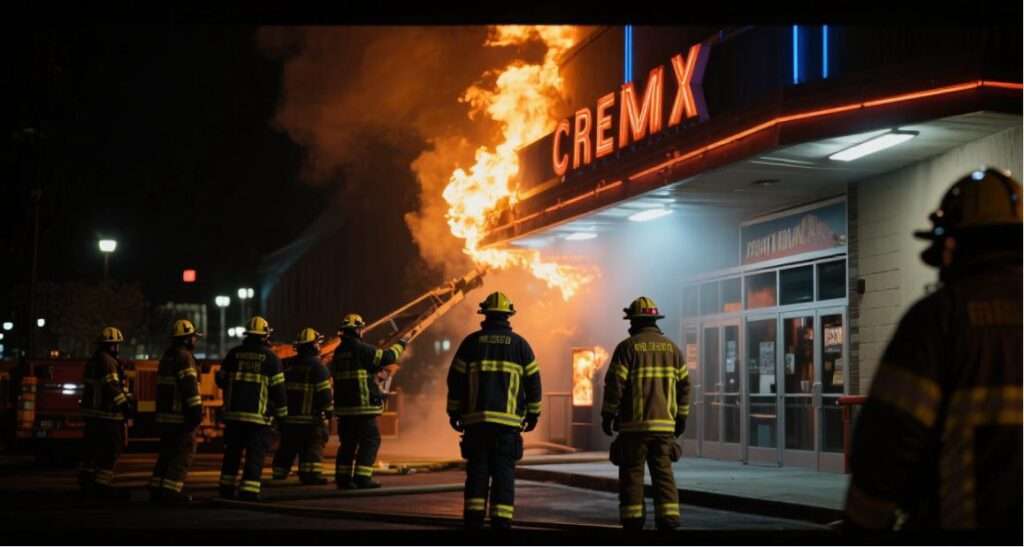Currently, many countries and regions worldwide have imposed mandatory or highly recommended requirements on low-smoke zero-halogen (LSZH) cables, especially in densely populated areas, high-risk environments, or locations with stringent environmental regulations. Do you know the requirements and standards for LSZH cables in different countries? Below, TST CABLE nico will guide you through the differences in standards for LSZH products in different regions. Here is an overview of the policies and standards of major countries/regions:
- European Union (EU) Low-Smoke Zero-Halogen Cable Standards – The Most Stringent and Comprehensive System
Core Regulation: Construction Products Regulation (CPR, EU No 305/2011): Since 2017, all power and communication cables used in permanent buildings must be fire-rated according to EN 50575 and marked with the CE mark.
The EN 13501-6 classification standard categorizes cables into Aca (non-combustible) to Fca (flammable) based on their flammability. B2ca and Cca grades explicitly require low smoke (s1), low toxicity (d0/d1), and halogen-free (a1).
Application scenarios: LSZH cables are mandatory in subways, hospitals, schools, high-rise buildings, airports, etc.
Typical countries: Germany, France, the Netherlands, Sweden, Italy, etc., all strictly enforce CPR (low smoke halogen-free) standards.
- UK Low Smoke Halogen-Free Cable Standards: Although Brexit has occurred, similar CPR requirements are still used and strengthened.
BS 6724, BS 7211, and other standards explicitly recommend or mandate the use of low smoke halogen-free cables in public buildings.
Halogen-containing cables are completely banned in new London Underground and NHS hospital projects.
- US Low-Smoke Halogen-Free Cable Standards: While there are no federally mandated regulations, the application of LSZH (Low-Smoke Halogen-Free) cables is promoted through the following methods:
NFPA (National Fire Protection Association) standards: NFPA 130 (railway) and NFPA 101 (life safety regulations) strongly recommend the use of low-smoke halogen-free materials in confined spaces.
Local legislation: Building codes in New York, California, Chicago, and other cities require hospitals, subways, and high-rise buildings to prioritize the use of LSZH cables.
Large project owner standards: For example, Google and Microsoft’s data center tender documents explicitly require LSZH cabling.
- Japanese Low-Smoke Halogen-Free Cable Standards: Industry self-regulation + large enterprise drive:
SONY SS-00259 standard: Since 2005, all suppliers are required to provide cables that meet low-smoke halogen-free requirements (except for high-temperature cables).
JIS C 3665 series: Specifies test methods for halogen-free flame-retardant cables.
JR East Japan, Tokyo Metro, and other public transportation systems mandate the use of LSZH cables.
- South Korean Low-Smoke Halogen-Free Cable Standards
KCC (Korea Certification) + KS Standards:
KS C IEC 60754 / KS C IEC 61034 and other standards are equivalent to IEC international standards.
Low-smoke halogen-free cables are mandatory for critical facilities such as the Seoul Metro, Incheon Airport, and Samsung Semiconductor factories.
- China’s Low-Smoke Halogen-Free Cable Standards
Gradually shifting from “recommended” to “mandatory”:
GB 31247-2014 “Classification of Flame-Retardant and Fire-Resistant Wires and Cables”: Cables are classified into A/B/C/D grades, with B1 grade (the highest flame-retardant grade) explicitly requiring low smoke (light transmittance ≥60%), halogen-free (halogen acid gas ≤5mg/g), and low toxicity.
New regulations will be implemented from July 1, 2025: All flame-retardant wires and cables must pass CCC (3C) certification; products that do not meet the standards are prohibited from sale.
Mandatory Applications in Key Scenarios: LSZH cables are generally required in subways (e.g., Beijing, Shanghai), high-speed rail, data centers, hospitals, and super high-rise buildings (e.g., Shenzhen Ping An Finance Center).
- Other Countries Actively Promoting the Application of Low-Smoke Halogen-Free Products:
Switzerland, Germany, and Sweden: Early legislation restricted the use of PVC in public facilities, favoring a complete phase-out of halogen-containing materials.
Australia/New Zealand: AS/NZS 1670.3 standard requires the use of low-smoke halogen-free cables in rail transit and underground facilities.
Singapore: The BCA (Building and Construction Authority) mandates that subways, hospitals, and government buildings must use LSZH cables conforming to IEC 60754/61034.
China: Cable manufacturers like TST CABLE actively promote the research and development and widespread application of low-smoke halogen-free products across various industries.
Which sectors require strict use of low-smoke halogen-free cables?
Regardless of the country, the following locations almost universally require the use of low-smoke halogen-free cables: Underground/enclosed transportation facilities such as subways, tunnels, and airports; densely populated public places such as hospitals, schools, theaters, and shopping malls; critical infrastructure such as data centers, nuclear power plants, and control rooms; and vertical shafts and escape routes in high-rise and super high-rise buildings.
Trend Forecast: As global requirements for fire safety and environmental protection increase, low-smoke halogen-free cables are transitioning from a “high-end option” to a “basic standard.” In the next 5-10 years, more countries may introduce mandatory regulations similar to the EU’s CPR, comprehensively restricting the use of halogen-containing cables in new construction projects.
Also available in:
English





